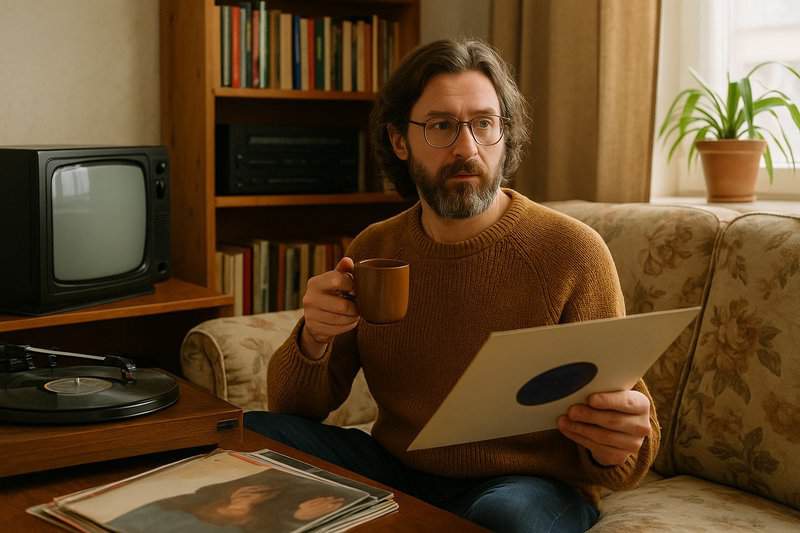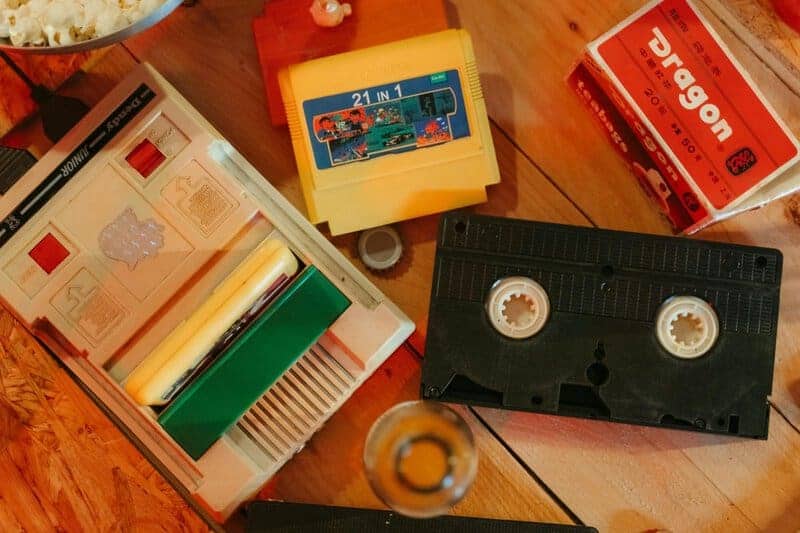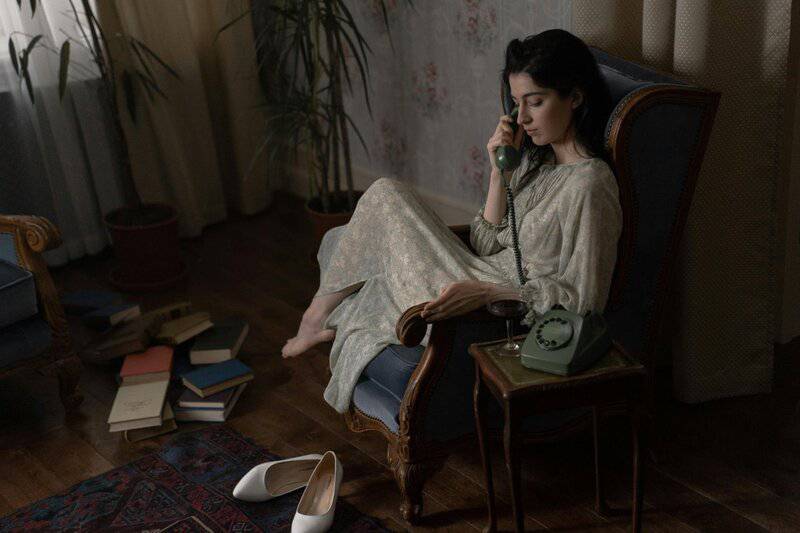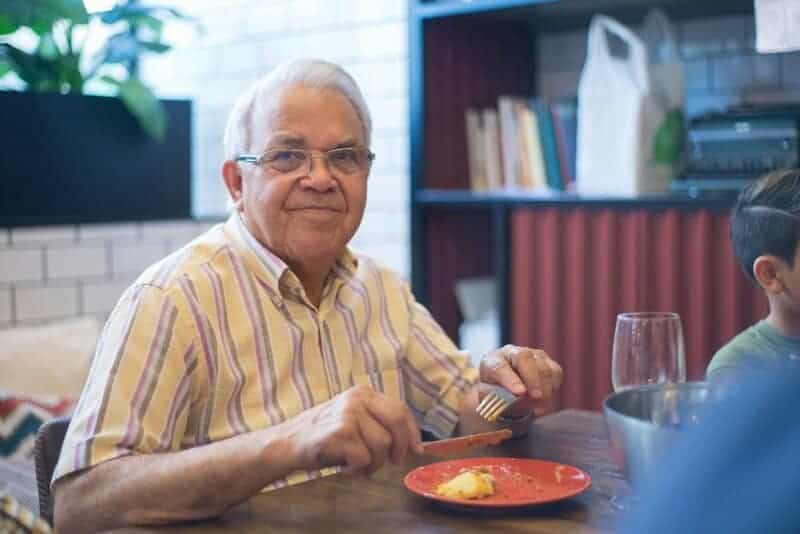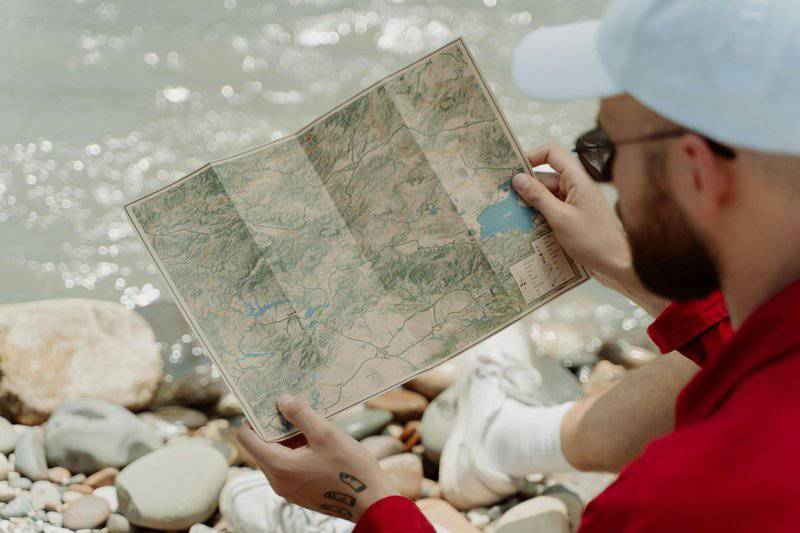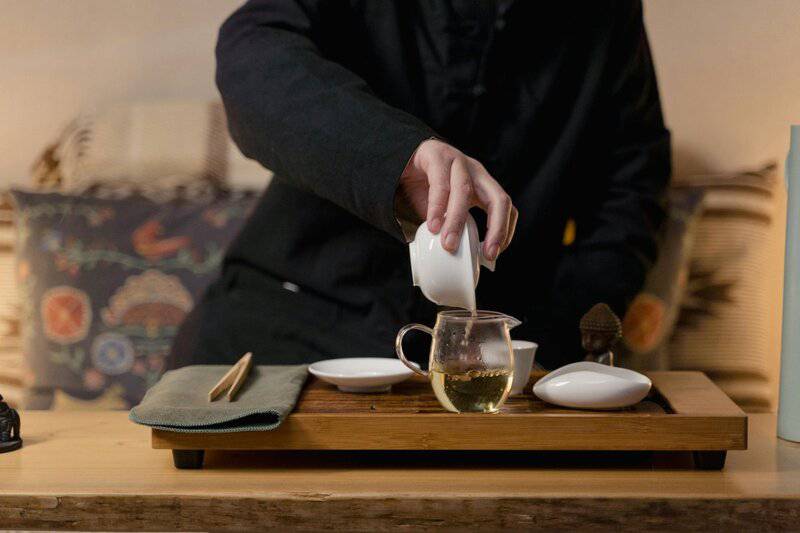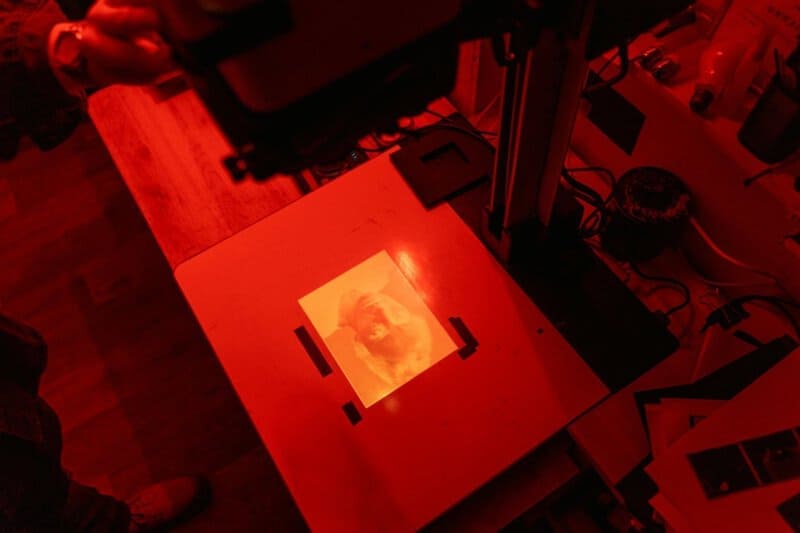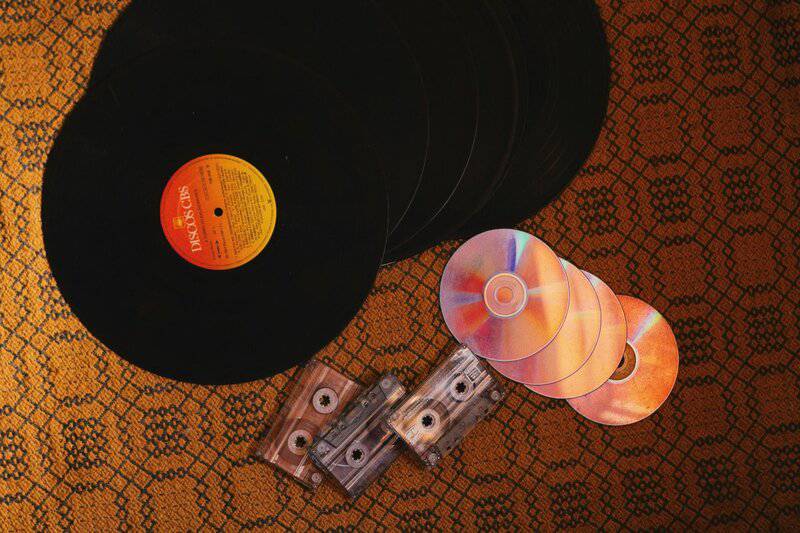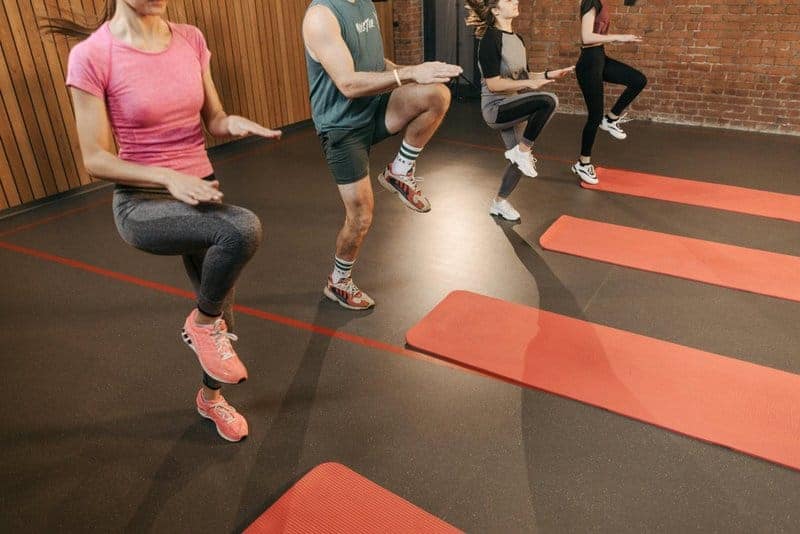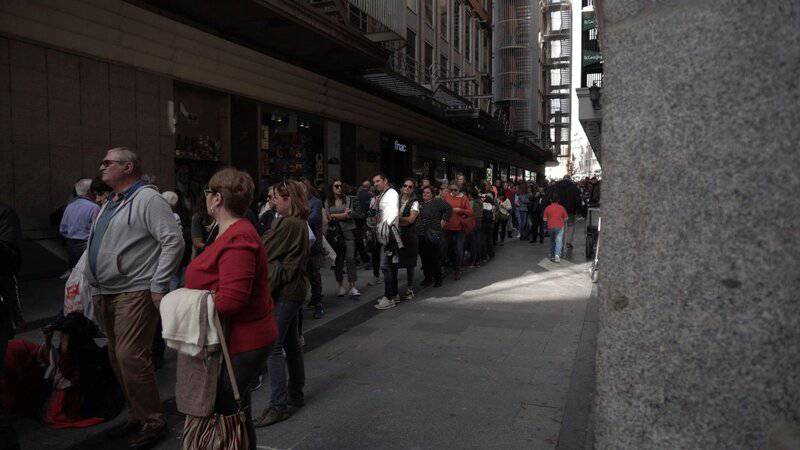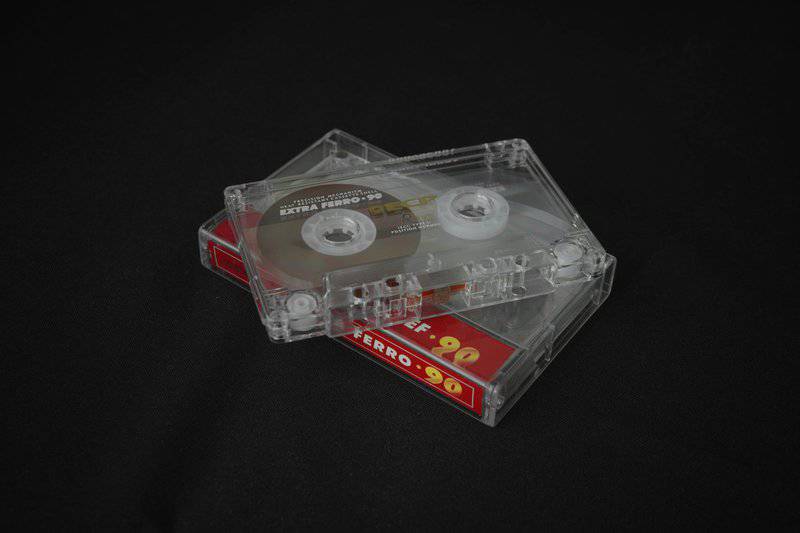When I set out to live as if it were 1985, I traded my smartphone, streaming services, and constant notifications for a week of intentional simplicity. Life instantly slowed down. There was no compulsion to respond to messages, scroll through feeds, or juggle endless tabs. My daily routine shifted: I lingered over breakfast, finished books uninterrupted, and found leisure in activities that didn’t require a screen. Compared to today’s constant multitasking and the pressure to always be “on,” the slower rhythm of 1985 felt both liberating and surprisingly productive.

